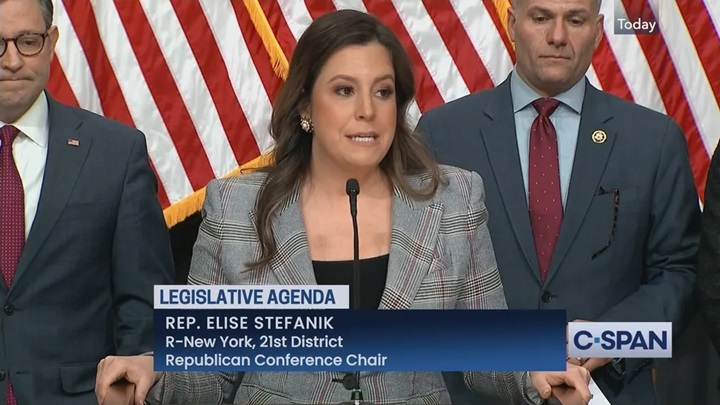Important digital skills that every student needs to learn in order to thrive and keep up with the competition in the new world and excel in different areas that need digital literacy.
Since technology is finding deeper inroads into every aspect of ongoing life, the skills required to navigate, interpret, and engage with digital content have become reasonably necessary. This is no longer a simple matter of computing skills; today, being digitally literate means one can critically assess information, wield different digital devices to that end, and participate in online communities responsibly. For instance, in educational institutions, students are expected to sift through the information on the web and then determine what is factual and what is a misrepresentation of facts. From this, they apply critical thinking to reach a decision. With this growing reliance on technology, digital literacy has thus become crucial in today’s learning context because it will prepare both individuals with relevant skills necessary in a world where information will continue to be accessed and communicated digitally. Besides academic benefits, digital literacy knowledge will contribute to students’ future professional success. The whole workforce concept is becoming more digital daily, and one needs to master various technological tools and platforms to perform routine tasks. It also includes virtual collaboration tools, data analysis software, and many other elements. Such a digitally literate student will undoubtedly be able to cope more fully with the expectations of an employer and, if necessary, adjust to new emerging technologies. Moreover, digital literacy allows for creative problem-solving and innovation, thus giving students opportunities to turn themselves into passive users of technology and active digital economy contributors. If you, as a student, have difficulty completing your assignments because of unavoidable reasons, you can seek assistance from Peachy Essay. Digital literacy skills are crucial nowadays in the continuous development brought about by the digital age for ensuring academic, social, and professional success for students.
Understanding Digital Literacy
Digital literacy can be defined as the comprehensive ability of an individual to proficiently use all parts of the range of digital tools, platforms, and technologies to access, evaluate, create, and effectively communicate information. Competencies include the basics, such as operating computers and mobile devices and navigating the internet, and advanced skills, like data analysis, digital collaboration platforms, and multimedia creation. Digital literacy encompasses more than just technical skills; it involves thinking critically and solving problems because students should be informed on how to judge the credibility of sources, spot hidden biases or agendas, and sift out information considered trusted versus information that is not. Just as important are the ethical concerns. For example, students need to know about privacy and data security concerns and how to be responsible digital citizens in light of online platform activities. Mastery of such diverse skills is crucial for academic success. Students must increasingly rely on digital resources for research and collaboration in the digital economy.
The Role of Critical Thinking in Digital Literacy
Another fundamental component of digital literacy is critical thinking, particularly in helping students wade through the mountain of online information. In fact, in today’s digital world, when misinformation, biased standpoints, and information without verification can be passed on from person to person, students are better off if they have gained efficiency in evaluating sources. This involves distinguishing between credible sources and those not as credible, knowing why publications occur, and being able to tell if information has been massaged to support specific causes. Also, through critical thinking, students will be able to identify fallacies-not only in the material but also in their preconceptions that they may view information with open yet analytically predisposed minds. Here, students will be able to understand the difference between facts and misinformation to avoid falling into the traps of online deception, such as fake news, clickbait, and conspiracy theories. Moreover, this skill involves checking the facts and context in which the information is given its purpose and potential impact. It helps them build up the critical thinker within the student, who then would become an informed and responsible digital citizen, capable of making reflective, evidence-based decisions within academic and personal life that contribute to a healthier, better-informed digital society.
The Importance of Digital Communication
In today’s interconnected world, most communication occurs through digital frames, and students need to manage online communication via email, social media, and collaboration on Google Docs, Slack, and more. Effective digital communication is more than the capability to send messages since it includes nuancing how to convey tone on a platform, be that formal or casual; how audience needs and expectations differ; and how digital content is permanent and may be archived, shared, or otherwise misinterpreted if not considered with care. Digital etiquette will also ensure that students know how to use language, handle conflict, and use inclusive ways in different digital spaces. Regarding privacy and security, they need to know how to maintain privacy while communicating digitally, for example, keeping personal information private, becoming aware of potential dangers from phishing and scams, and finding ways to secure themselves online through password strength and multi-factor authentication. These skills taught prepare students for responsible and meaningful interactions in digital space, enabling them to feel further confident and competent in both personal and professional contexts of the ever-changing digital space.
Equipping Students with Digital Tools
Digital literacy encompasses more than critical thinking and communication; it covers the broader realm of knowledge and skill in many diverse digital tools that take learning and professional capabilities to new heights. Examples could include Microsoft Word and Google Docs to write and organize written assignments or programs used for data analysis, such as Excel, Google Sheets, SPSS, or Python, to research, interpret, and give insights into the data. It also allows the students to prepare impressive visual content, presentations, and projects with the help of multimedia creation tools such as Adobe Creative Suite Canva and video editing software like Final Cut Pro or iMovie. Moreover, acquaintance with online collaboration platforms like Google Drive, Slack, or Microsoft Teams prepares them to work remotely and in teams by enhancing individual productivity and group coordination. In this way, integrating digital tools into education gives students the versatile skill set necessary for further academic growth and future career success.
In conclusion, ahead of an ever-evolving Informational age, building digital literacies has become an essential ingredient in education within the modern world to help shape information, technology, and the broader social landscape within which students exist. The contribution of educators to nurturing such skills is very significant. They prepare their students to outcompete their peers in academics and thrive in the increasingly connected world of high-speed information exchange of the 21st century, where digital literacy becomes a personal and professional skill that makes the difference.







